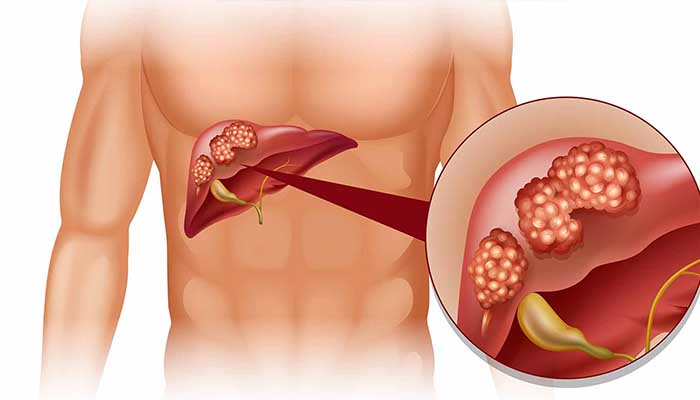SYSTOLIC AND DIASTOLIC BLOOD PRESSURE
Systolic And Diastolic Blood Pressure: Blood pressure refers to the lateral pressure acting on the blood vessel wall per unit area when blood flows in the blood vessels. Usually, when doctors or nurses measure blood pressure, the results will report two numbers, such as 140/90, where the number 140 above represents systolic blood pressure, The numbers 90 below represent diastolic blood pressure, and their units are mmHg.
Systolic And Diastolic Blood Pressure: Which Is More Important, Systolic Or Diastolic?
It is not uncommon for cases of pure systolic blood pressure or pure diastolic blood pressure to rise in clinical practice.
Systolic blood pressure is the value at which the blood pressure in the arteries is at its highest during mid-systole, also known as high pressure or supra systolic pressure. Diastolic blood pressure is the pressure of blood that has flowed into the arteries against the vessel wall at the end of diastole, also known as low pressure or depression.
According to WHO regulations, the normal blood pressure value of 140/90mmHg, whether the systolic blood pressure or the DBP exceeds the above value, can be called hypertension.
RELATED POST: Thoracodorsal Nerve
Systolic blood pressure also increases with age, so systolic blood pressure is more important in older people. In recent years, a large number of studies have found that hypertension dominated by systolic blood pressure is more harmful than DBP. Especially for elderly patients, due to the weakened elasticity of blood vessels and increased fragility, if the systolic blood pressure is too high, are more prone to cerebral infarction (stroke) and acute coronary syndrome.

Elevated diastolic blood pressure is more common in young and middle-aged people. Although increased diastolic blood pressure is less harmful than increased SBP, it is more difficult to treat than increased systolic blood pressure. Hypertension with elevated systolic blood pressure can be controlled by most people after taking medication, but hypertension with elevated DBP is difficult to control with medication. So for physical health, systolic blood pressure and diastolic blood pressure are equally important, and maintaining normal blood pressure is the best choice.
Who Is More Likely To Develop High Blood Pressure?
High-salt diet (more than 6g of salt per day), overweight or obese with high-calorie intake, chronic excessive alcohol consumption, smoking, lack of exercise, long-term mental stress, family history of hypertension, male age ≥ 55 years old, and women after menopause Other groups are more likely to suffer from high blood pressure. If there is one of the above risk factors, it is recommended to measure blood pressure every 6 months and change unhealthy lifestyles as soon as possible to prevent the occurrence of high blood pressure.
What Is Your Blood Pressure Control Goal?
The target value of blood pressure control will vary among patients with different comorbidities and different ages. For the general population, blood pressure is controlled at <140/90 mmHg. For hypertensive patients with diabetes mellitus or renal disease or coronary heart disease, blood pressure should be controlled at <130/80mmHg. For patients with hypertension and stroke, blood pressure is recommended to be controlled at <140/90mmHg. The blood pressure of the elderly (age >65 years) can be controlled at <150/90mmHg.
Kindly comment and share!
SEE POST: Tortuous Colon
Sharing Is Caring!

